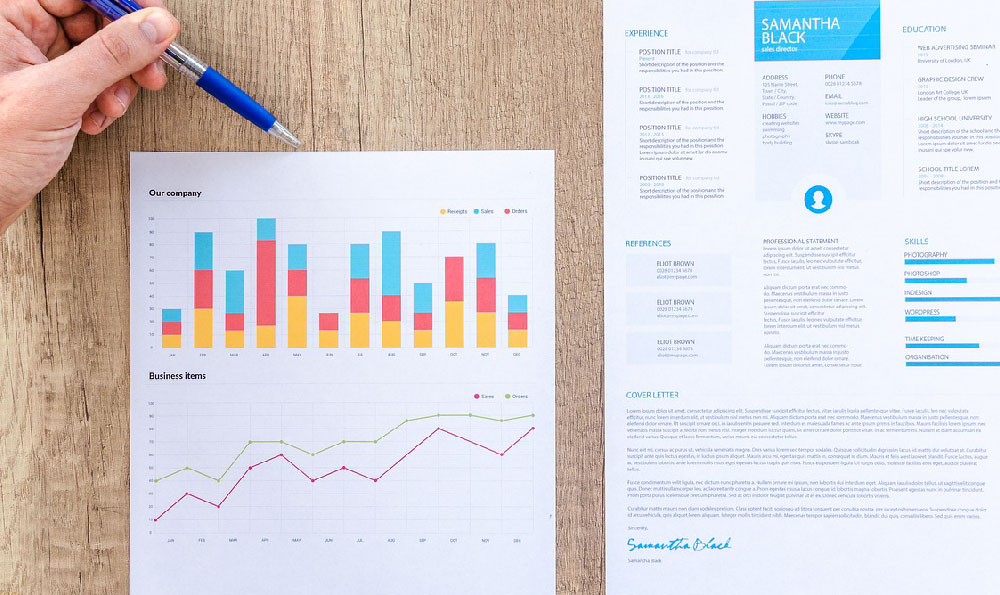
Investing your money wisely is a cornerstone of building wealth and achieving financial security. The landscape of investment options can seem daunting, but by understanding the fundamental principles and exploring various asset classes, you can craft a strategy tailored to your unique circumstances and goals. A crucial initial step is to assess your risk tolerance. Are you comfortable with the possibility of losing a portion of your investment in exchange for potentially higher returns? Or do you prefer a more conservative approach that prioritizes capital preservation? This self-assessment will guide your asset allocation, which is the distribution of your investments across different asset classes like stocks, bonds, real estate, and commodities.
Stocks, often referred to as equities, represent ownership in a company. They offer the potential for significant growth, as the value of your shares can increase as the company's profits grow. However, stocks are also considered riskier than other asset classes, as their prices can fluctuate significantly based on market sentiment, economic conditions, and company-specific news. Investing in stocks can be done directly by purchasing individual shares of companies you believe in, or indirectly through mutual funds or exchange-traded funds (ETFs). Mutual funds pool money from multiple investors to invest in a diversified portfolio of stocks, bonds, or other assets. ETFs are similar to mutual funds but trade on stock exchanges like individual stocks, offering greater liquidity and often lower expense ratios. For beginners, diversified stock ETFs that track broad market indexes like the S&P 500 are often a good starting point.
Bonds represent debt obligations issued by corporations or governments. When you buy a bond, you are essentially lending money to the issuer, who promises to repay the principal amount along with periodic interest payments. Bonds are generally considered less risky than stocks, as they offer a more predictable stream of income and are less volatile in price. However, the potential for growth is also lower than with stocks. Different types of bonds exist, each with its own risk and reward profile. Government bonds, issued by national governments, are typically considered the safest, while corporate bonds, issued by companies, carry higher risk but also offer higher yields. The credit rating of a bond issuer is a crucial factor to consider, as it reflects the issuer's ability to repay its debt obligations.

Real estate can be a valuable addition to a well-diversified investment portfolio. Investing in real estate can provide rental income, capital appreciation, and tax benefits. However, real estate investments also require significant capital outlay and involve ongoing management responsibilities. Direct real estate investments involve purchasing physical properties, such as residential homes, apartments, or commercial buildings. Another way to invest in real estate is through Real Estate Investment Trusts (REITs), which are companies that own or finance income-producing real estate. REITs allow investors to participate in the real estate market without the hassles of direct property ownership.
Commodities are raw materials or primary agricultural products, such as gold, oil, and wheat. Investing in commodities can provide diversification benefits, as commodity prices often move independently of stocks and bonds. Commodities can also serve as a hedge against inflation, as their prices tend to rise when inflation increases. Investing in commodities can be done through commodity futures contracts, ETFs that track commodity indexes, or by investing in companies that produce or process commodities. However, commodities are generally considered a more complex and volatile asset class, and are not typically recommended for beginner investors.
Beyond these core asset classes, alternative investments like hedge funds, private equity, and venture capital may offer the potential for higher returns, but also come with significantly higher risks and require substantial capital. These investments are typically suitable only for sophisticated investors with a high risk tolerance and a long-term investment horizon.
Once you have determined your risk tolerance and chosen your asset allocation, it is essential to develop a sound investment strategy. Dollar-cost averaging is a strategy where you invest a fixed amount of money at regular intervals, regardless of market fluctuations. This can help to reduce the risk of buying high and selling low, and can smooth out your investment returns over time. Rebalancing your portfolio periodically is also crucial. Over time, the value of your different assets will change, and your original asset allocation may drift. Rebalancing involves selling some of your overperforming assets and buying more of your underperforming assets to bring your portfolio back to its target allocation. This helps to maintain your desired risk profile and can improve your long-term returns.
Furthermore, remember the power of compounding. Albert Einstein famously called compound interest the "eighth wonder of the world." It's the ability of an asset to generate earnings, which are then reinvested in order to generate their own earnings. Over time, this exponential growth can significantly increase your wealth.
Finally, consider seeking professional advice from a qualified financial advisor. A financial advisor can help you to assess your financial situation, develop a personalized investment plan, and manage your investments over time. Look for an advisor who is fee-only, meaning they are compensated solely by the fees you pay and do not receive commissions from selling investment products. This helps to ensure that their advice is objective and in your best interest. The fees associated with advice are often well worth the investment given the expertise and peace of mind that a trusted financial advisor can provide.
Investing is a lifelong journey. Stay informed about market trends, economic conditions, and investment strategies. Review your portfolio regularly and make adjustments as needed to ensure that it continues to align with your goals and risk tolerance. With a disciplined approach, a well-diversified portfolio, and a long-term perspective, you can build wealth and achieve financial security. Remember that patience and consistency are key to successful investing. There will be ups and downs along the way, but by staying focused on your long-term goals, you can weather market volatility and achieve your financial aspirations.





